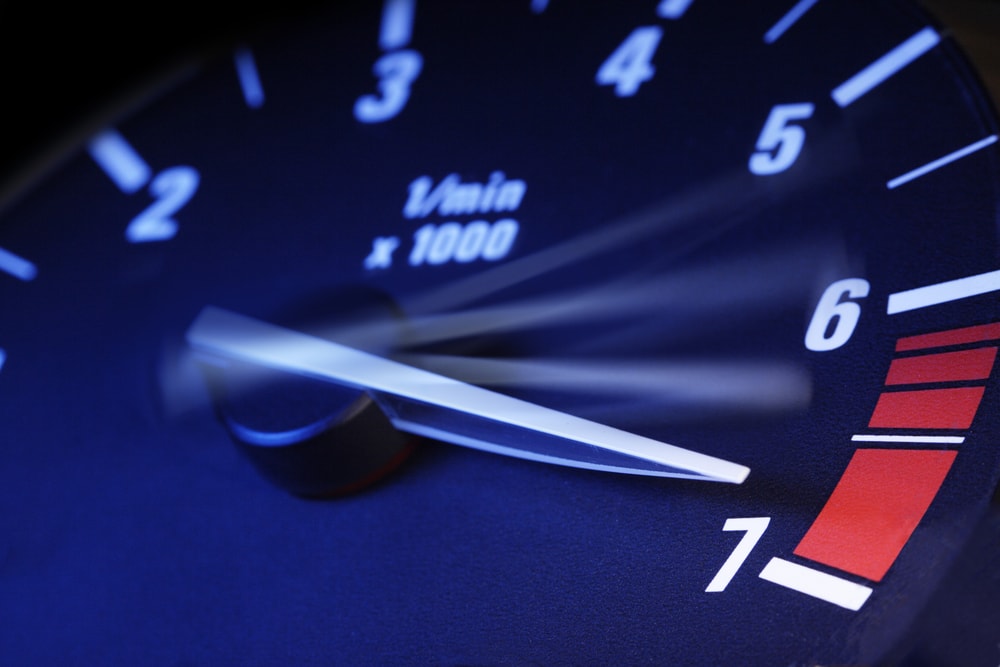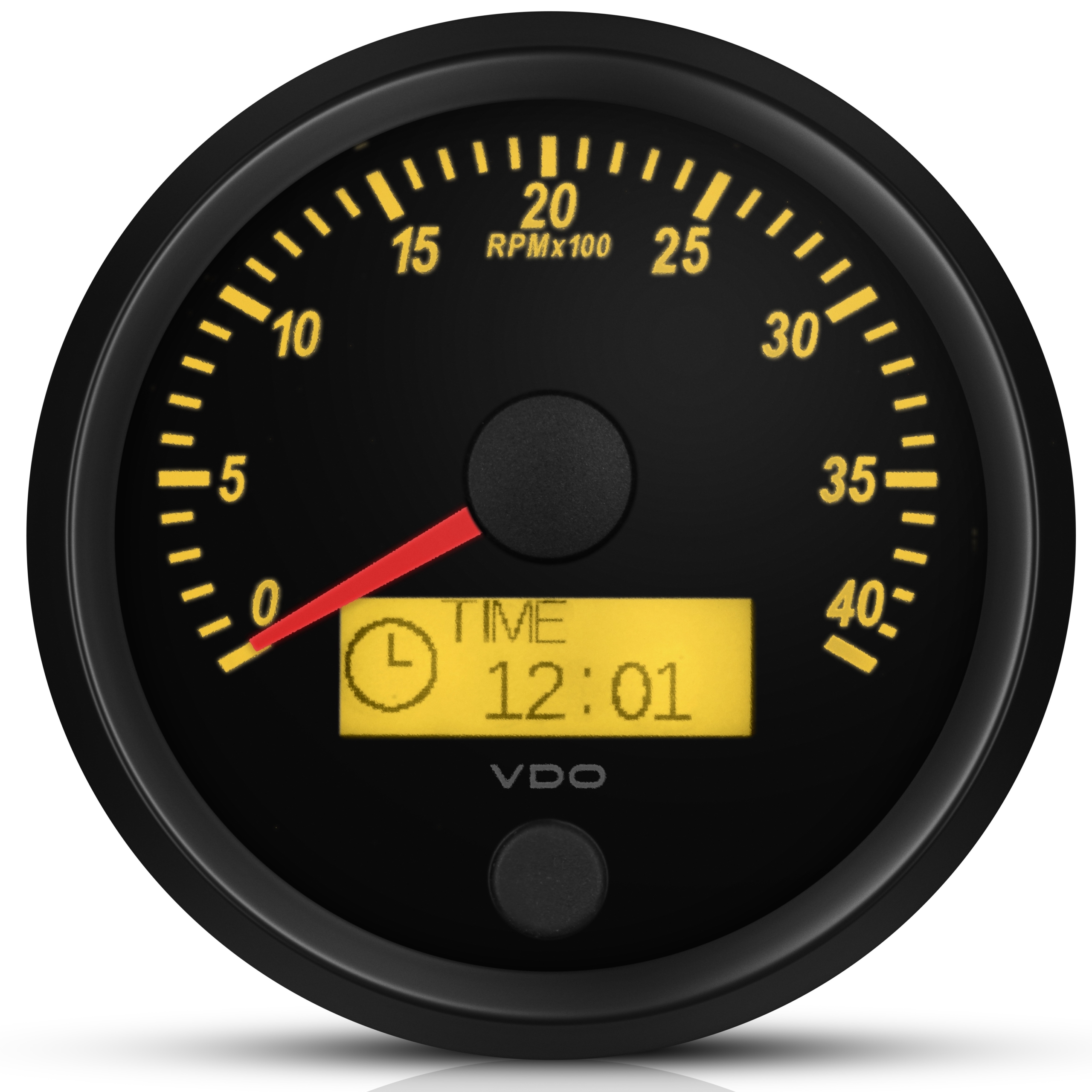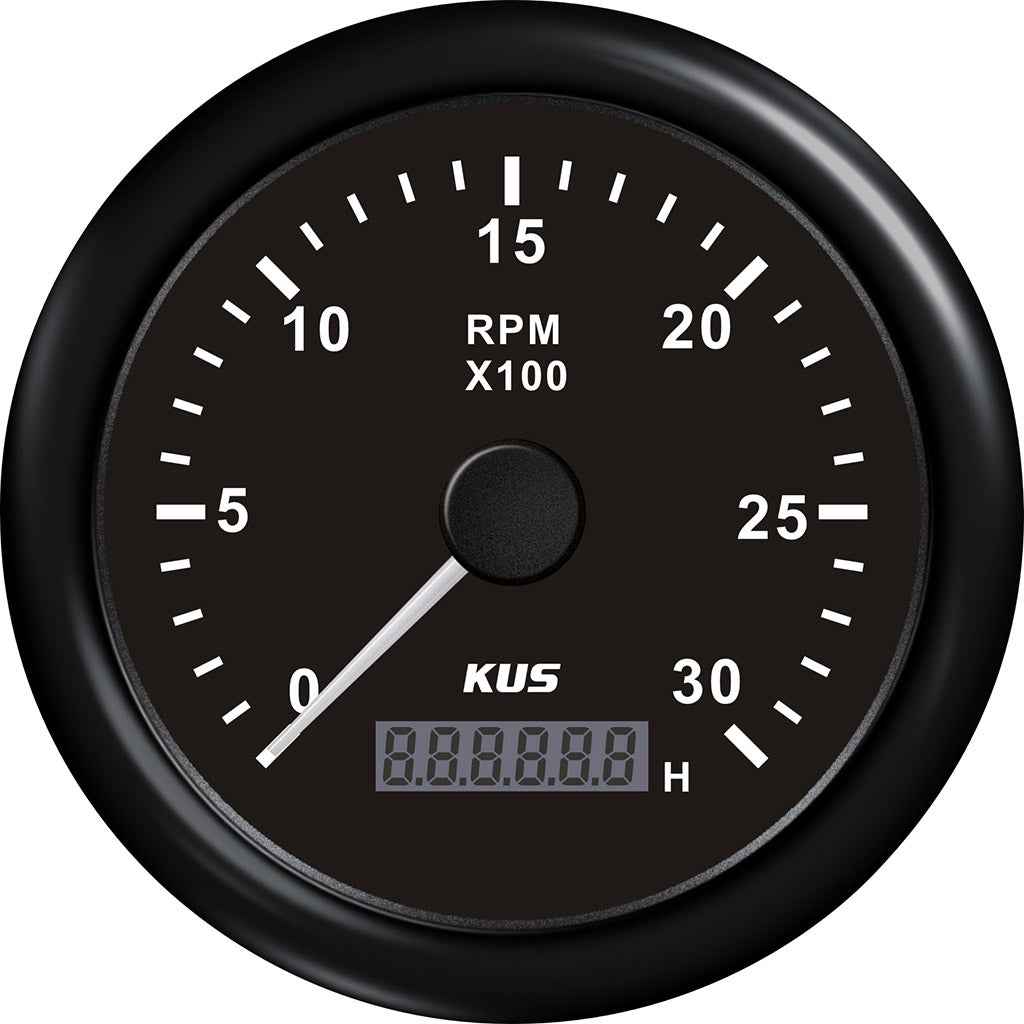How to Choose the Right Tachometer for Your Car or Bike
How to Choose the Right Tachometer for Your Car or Bike
Blog Article
The Value of a Tachometer in Checking Engine Rate and Performance in Automotive Applications
In the world of auto design, the tachometer stands as an essential instrument in the chauffeur's arsenal, supplying a straight home window right into the inner operations of a lorry's engine. Past its function as a mere gauge of transformations per min (RPM), the tachometer serves as an essential device for fanatics and experts alike, using real-time insights right into engine efficiency and wellness.
Importance of Monitoring Engine RPM
Keeping track of engine RPM, or transformations per min, is a crucial aspect of vehicle maintenance and efficiency evaluation. Engine RPM straight associates with the rate at which the engine's crankshaft turns, showing exactly how swiftly the engine is running.
Additionally, keeping track of engine RPM is crucial for performance examination in racing and high-performance automobiles. In summary, checking engine RPM is not only important for spotting problems but also for maximizing engine efficiency in numerous auto applications.

Advantages of Real-Time Data
In automobile applications, real-time information plays a crucial duty in supplying immediate insights into the performance and condition of the lorry. By continuously keeping an eye on different specifications such as engine rate, temperature, fuel consumption, and much more, real-time data uses various benefits that add to boosted effectiveness and safety and security when traveling.
Furthermore, real-time information assists in performance optimization by giving prompt feedback on driving practices and engine efficiency. Drivers can readjust their actions in real-time based on this info to accomplish better fuel economic situation and extend the lifespan of their lorry.

In addition, real-time data plays a crucial duty in modern-day auto diagnostics, making it possible for service technicians to swiftly diagnose and resolve breakdowns. This results in reduced downtime, lower maintenance costs, and eventually, enhanced general automobile reliability and longevity (tachometer). By harnessing the power of real-time information, vehicle stakeholders can make educated choices that favorably affect both the efficiency and long life of the automobile
Influence On Gear Shifts
The tachometer plays a vital function in optimizing gear changes by offering real-time engine rate data to the vehicle driver. When coming close to the redline on the tachometer, it signifies the motorist to upshift to stop over-revving the engine and causing prospective damage.
Additionally, the tachometer aids in attaining smoother gear transitions, especially in hands-on transmissions. By monitoring engine rate, vehicle drivers can perform gear changes at the optimal RPM array, decreasing jerking activities and decreasing endure the transmission elements. This precision on duty adjustments not just boosts click here for info driving comfort but also adds to sustain efficiency.
Enhancing Fuel Performance
Provided the vital duty the tachometer plays in maximizing equipment shifts for performance and engine wellness, it directly adds to making best use of fuel effectiveness in automotive applications. By giving real-time feedback on engine rate, the tachometer assists drivers in maintaining the most reliable RPM range for fuel economic situation. When vehicle drivers continually keep an eye on the tachometer and change their motoring practices as necessary, they can avoid unneeded fuel intake triggered by over-revving or hauling the engine.
In addition, the tachometer aids motorists recognize the most fuel-efficient equipment to be in at any provided moment, preventing the engine from functioning tougher than necessary. In conclusion, the tachometer offers as an important tool in improving fuel performance by promoting ideal driving behaviors and recognizing areas for renovation in the lorry's efficiency.

Maximizing Engine Longevity
The tachometer's role in monitoring engine rate and performance is instrumental in making sure the longevity of vehicle engines. By making use of the tachometer effectively, chauffeurs can enhance engine durability via mindful RPM management. Regularly revving an engine too high can bring about too much deterioration on crucial components, such as the pistons, valves, and bearings. Over time, this can result in lowered engine efficiency and possible malfunctions. Checking the tachometer enables vehicle drivers to stay within the advised RPM array for their automobile, avoiding unnecessary pressure on the engine and prolonging its life-span.

Verdict
Finally, the tachometer plays a vital duty in checking engine speed and performance in vehicle applications. By providing real-time information on RPM, it permits effective equipment changes, enhanced fuel performance, and maximized engine longevity. This tool is necessary for keeping optimum engine efficiency and guaranteeing the overall capability of a lorry.
Report this page